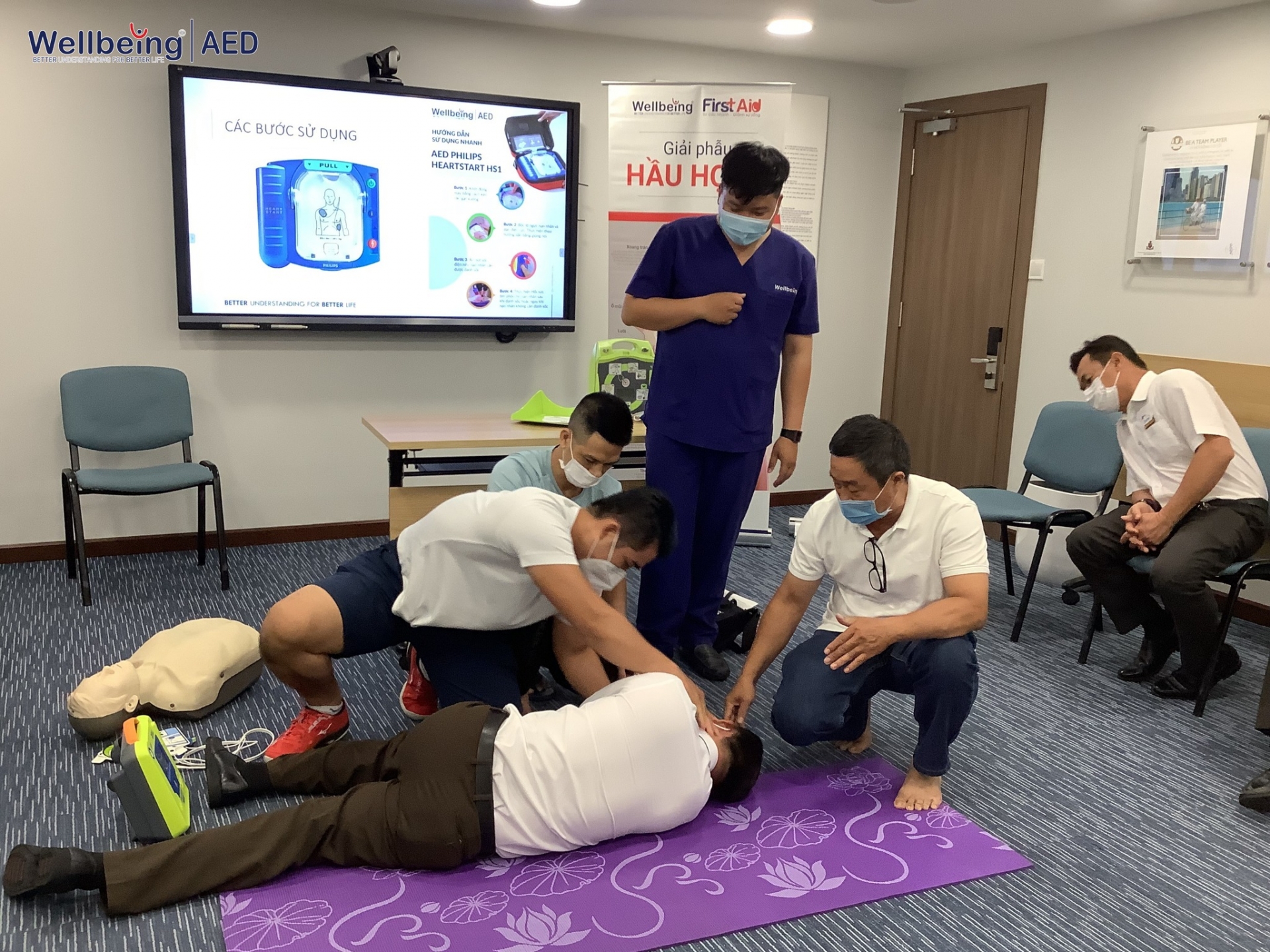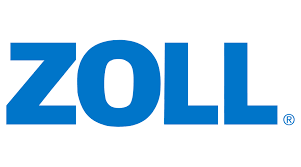What is an AED? What is a defibrillator shock? How to use an AED?| Wellbeing
AED stands for Automated External Defibrillator, which is referred to as "Máy khử rung tim ngoài tự động" in Vietnamese. This term may sound a bit formal and hard to understand, but as the name suggests, an AED is a "device that automatically eliminates cardiac arrhythmia."
1. What is Defibrillation/Electric Shock?
One of the main causes of heart failure is ventricular arrhythmia, where the heart quivers instead of beating. Within 6-8 minutes, the heart will stop, and brain death will occur. It is crucial within this short time frame to administer an electric shock to reset the heart's natural rhythm. This is known as defibrillation. You cannot defibrillate a person once they have already passed away.
Defibrillation is the third link in the AHA's Chain of Survival (see CPR section). You need an AED (Automated External Defibrillator) to perform defibrillation quickly. A semi-automatic AED will electronically detect the patient's condition and provide you with audible instructions on what to do.
Follow the PAAS protocol:
● Turn on the AED
● Attach the pads
● Analyze the rhythm
● Shock

2. How to Use an AED?
Step 1: Turn on the AED and remove the electrode pads from the sealed package. Remove or cut through the victim’s clothing and wipe off any sweat from the chest.
Step 2: Open the electrode pad package, remove the pads, and place them on the victim's chest at the indicated positions. Place the first pad on the upper right side, just below the victim's collarbone.
Step 3: Place the second pad on the left side, just below the victim’s armpit (as shown in the image above). Ensure the pads’ long axis runs along the victim's body from head to toe.
Step 4: The AED will begin analyzing the victim's heart rhythm. Ensure no one is touching the victim. Follow the visual and/or verbal instructions provided by the machine.
Bình luận:
Không có bình luận nào cho bài viết.
 Tiếng anh
Tiếng anh  Vietnam
Vietnam 




.png)
.png)

